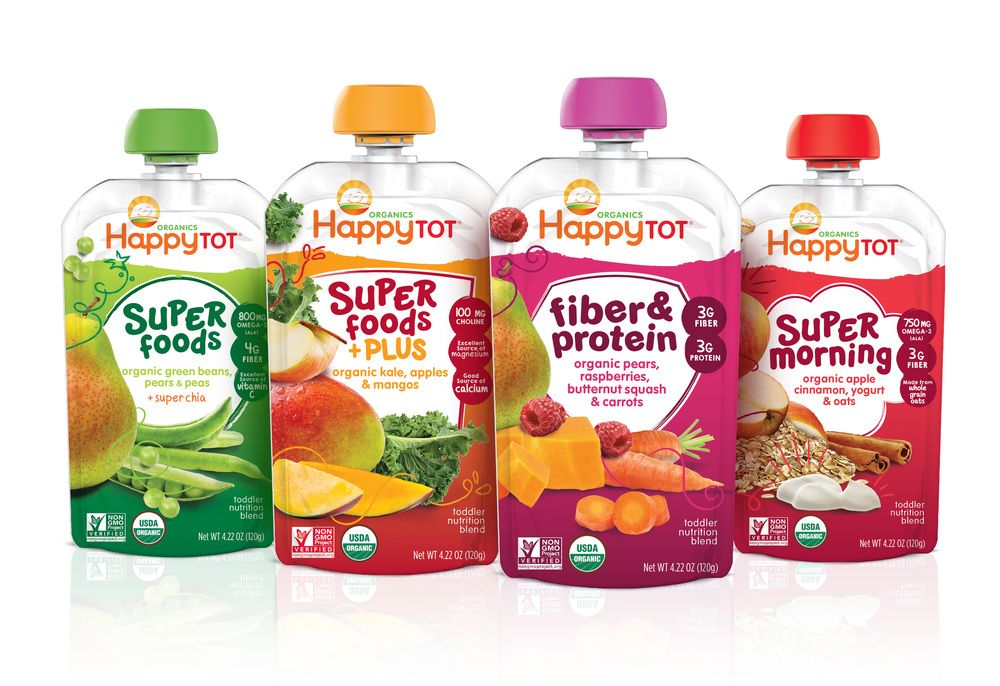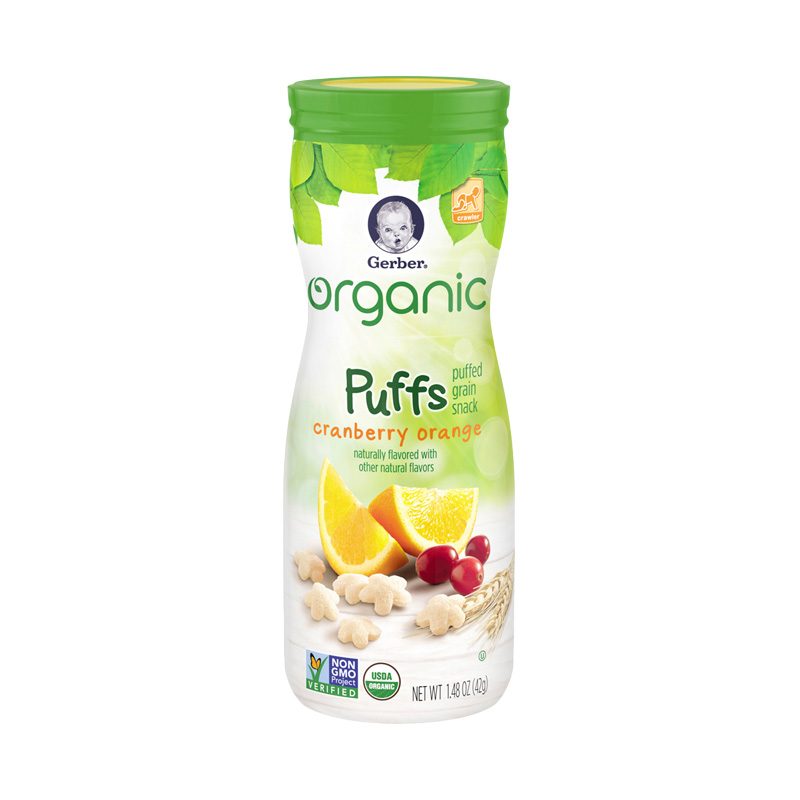Dangers of feeding babies too early
Risks of introducing solids too early or too late
The gradual addition of solid foods to your baby’s diet is an exciting transition for your baby and you. Eating solids is just one of the many steps your baby will take toward greater independence. Between 4 and 6 months of age, babies start to observe and mimic their parents’ or other caregivers’ eating habits—a sign that they’re getting ready to advance to complementary foods.
What experts say about when to introduce solids
Babies should be breastfed exclusively for about the first 6 months of life, according to trusted health authorities like the American Academy of Pediatrics (AAP). During that time, breast milk (or infant formula) provides all the calories and nutrients your baby needs.
Around 6 months, you can start introducing solids. Some babies may be ready for solid foods a bit sooner (4-6 months) and others a bit later (6-8 months). As with all milestones (sitting, eating solids, crawling, etc. ), parents are always urged to watch their baby, not the calendar.
Once your baby starts solids, the AAP recommends that breastfeeding continue for at least the first year of life, and beyond, as mutually desired by mother and baby. If your baby is drinking infant formula, she should continue doing so until about 12 months of age. (Consult your child's health care provider before transitioning to cow's milk, and remember, children under the age of 1 should not be given fruit juice.)
Why the timing of solid foods matters
Introducing solids too early or too late can make a difference. Introducing solids before 4 months of age can increase the risk of choking and cause your infant to drink less than the needed amount of breast milk.
But introducing solids too late can increase the risk of your child developing allergies. One study found that late introduction of solid foods (after 7 months of age) may actually increase the risk of food allergies, suggesting a window of opportunity when it comes to starting solids. (A 2007 AAP report notes that breastfeeding is the best protection against allergic disease.)
(A 2007 AAP report notes that breastfeeding is the best protection against allergic disease.)
Why 6 months of age is ideal for beginning solids
Human milk provides all the nutrients (including iron) that babies need for about the first 6 months of life. Once the iron stored in your baby's liver during pregnancy is used up (at about 6 months of age), iron-rich foods such as meats or iron-fortified cereals need to be added to your baby’s diet. Around 6 months is also when most babies show signs that they are developmentally ready solid foods, so be sure to watch for the following:
- Your baby shows an interest in food others are eating.
- Your baby sits up with little or no support.
- Your baby holds her head up.
- Your baby picks up soft foods.
- Your baby puts those foods in her mouth.
- Your baby keeps her tongue in the bottom of her mouth and accepts a spoon.
- Your baby keeps food in her mouth and swallows rather than pushing it out with her tongue.

- Your baby indicates fullness by turning her head away or refusing to open her mouth.
If your baby makes no effort to pick up foods and feed herself or reacts negatively to a spoon touching her lips, she’s likely telling you she’s not yet ready for solid foods. Consider trying a different food. If she still refuses, wait a few days and try again.
For more on introducing solids, including which foods to offer first, read this.
Last updated December 28, 2021
Most babies are fed solid food too soon, study finds
Health news
By Linda Carroll
Most mothers may be starting their infants on solid foods months sooner than specialists recommend, mistakenly believing their children are old enough to graduate from breast milk or formula – but many say they’re simply following doctors’ orders, according to a study published today.
Parents should wait until their little ones are at least 6 months old before offering them solid foods, say many child-nutrition experts, including the American Academy of Pediatrics.
But researchers at the Centers for Disease Control and Prevention – who surveyed 1,334 new moms – discovered that almost 93 percent of those women had introduced solid foods to their infants before 6 months, that 40 percent did it before the 4-month mark, and that 9 percent had offered solids to their babies before they were even four weeks old, according to the study, published today in Pediatrics.
“Fifty percent said that their health care provider told them it was time to introduce solid food,” said Kelley Scanlon, a co-author of the study and lead epidemiologist in the nutrition branch in the division of nutrition, physical activity and obesity at the CDC.
“That, for us, indicates that health care providers need to provide clearer guidance and really support women in carrying out the recommendation,” Scanlon said.
Physicians' groups settled on the 6-month cut-off after earlier research determined that children who get solid food at too early might be at a greater risk for developing chronic diseases, such as diabetes, obesity, eczema and celiac disease, Scanlon said.
The mothers who volunteered for the CDC study filled out food diaries and questionnaires designed to ferret out their opinions on why and when solid foods should be offered.
Among the moms offering solid foods to infants younger than 4 months, the most commonly cited reasons for doing so included: “My baby was old enough;” “My baby seemed hungry;” “I wanted to feed my baby something in addition to breast milk or formula,” “My baby wanted the food I ate;” “A doctor or other health care professional said my baby should begin eating solid food;” and “It would help my baby sleep longer at night,” researchers reported.
What’s more, moms who fed their babies formula were far more likely to start solids too early versus those who exclusively breast-fed (53 percent versus 24 percent), the study showed.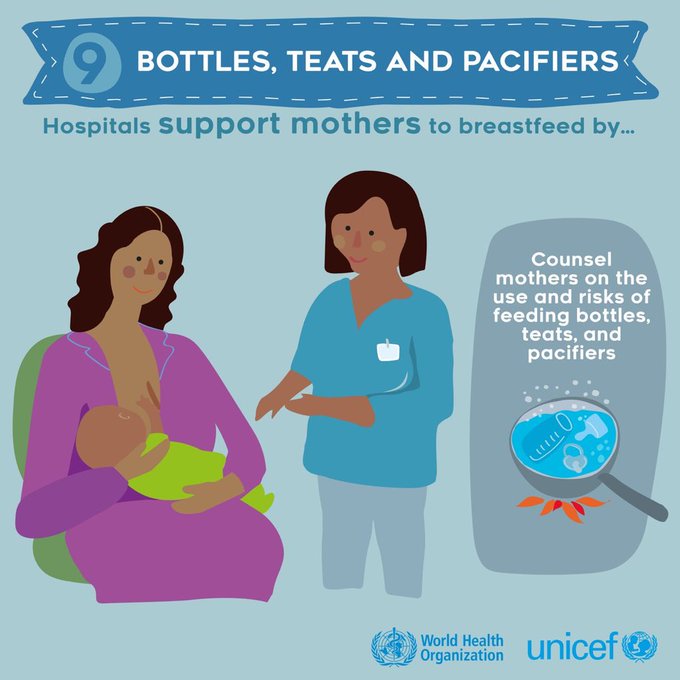
One food expert unaffiliated with the CDC study suggested that some health-care providers may simply be unfamiliar with current baby-feeding recommendations.
“I think this is worrisome,” said Ann Condon-Meyers, a pediatric dietician at the University of Pittsburgh Medical Center and Children's Hospital of Pittsburgh. “I think it may show that word isn’t getting out that … it is 6 months before solid foods should be offered.”
Still, the study’s findings didn’t surprise Condon-Meyers, who added: “I work in pediatrics and we see a lot of early introduction of solid foods when we do patient histories.”
In addition to possibly boosting, a child’s risk for contracting certain chronic diseases, introducing solid foods too early often means babies don’t drink an adequate amount of breast milk or formula, and that can translate into poorer nutrition, Condon-Meyers said.
Breast milk and formula have all the nutrients and vitamins a baby needs and in the right proportions, Condon-Meyers said.
“If you start giving solid food too early then you are diluting the nutritional intake,” she said. “You’re getting more calories, but less of the nutrients a baby needs to grow.”
Related:
Most parents don't follow doctors' orders
Peanuts, eggs and milk OK for young babies, report claims
Child food allergies may be twice as common as thought
Linda Carroll
Danger of artificial feeding | Maternity Hospital No. 4
Risk of infection
When feeding a baby from a bottle, infant formula can be contaminated with bacteria, which can be dangerous for the baby's health (not a few cases of mass infant formula poisoning are known). Bottles are difficult to clean and should be boiled after each feeding. In infant formula, harmful bacteria develop very quickly, especially if the bottle is in a warm room.
Infections
Infant formula does not contain anti-infective factors.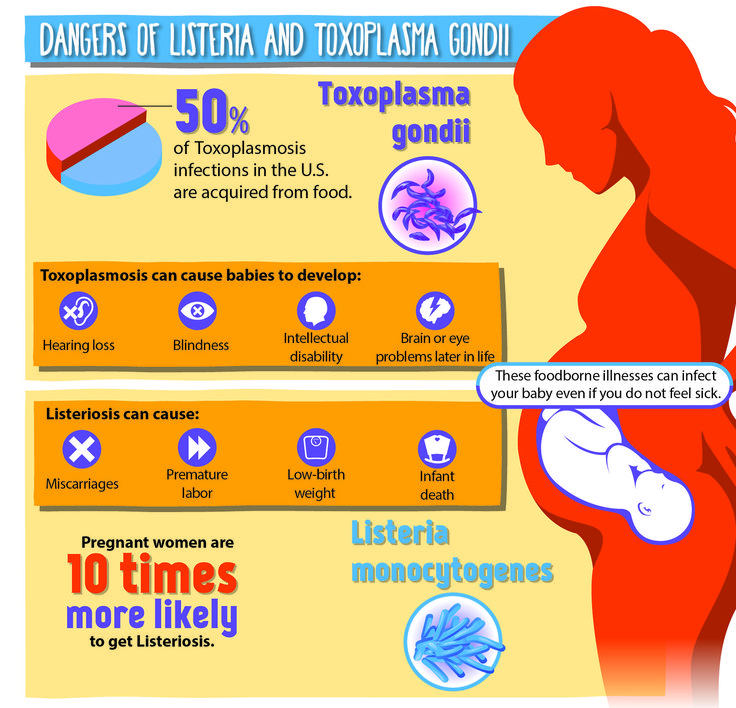 Artificial children are more likely to suffer from diarrhea and other infections, even if the mixture is prepared in compliance with all sanitary standards.
Artificial children are more likely to suffer from diarrhea and other infections, even if the mixture is prepared in compliance with all sanitary standards.
Prolonged diarrhea
Artificial children are more likely to develop diarrhea (over two weeks), which can be difficult to manage. With this disease, a serious depletion of the child's body is often observed.
Vitamin deficiency
Cow's milk and formulas, and most formulas are based on cow's milk, may contain insufficient amounts of vitamins, especially vitamin C. Therefore, artificial children are introduced to the diet earlier complementary foods and fruit juices.
Iron deficiency
The iron contained in cow's milk and in adapted formulas is not completely absorbed, like the iron in breast milk. The child "artificial" is at great risk of developing iron deficiency anemia.
Excess salts
Cow's milk contains many salts that can cause an excess of sodium, calcium and phosphorus in the baby's blood.
Inadequate fat component
Cow's milk is deficient in a basic fatty acid called linoleic and may be deficient in the cholesterol needed for brain growth.
Inadequacy of the protein component
Cow's milk contains casein, which is difficult to digest and causes additional stress on the child's underdeveloped gastrointestinal tract and kidneys. Cow's milk is also low in whey proteins (albumin and globulins), rich in essential amino acids that are easily digested. Diluted cow's milk and formulas are deficient in amino acids such as cystine and taurine, which are essential for a growing baby's brain.
Possibility of dyspepsia
Cow's milk is much more difficult to digest because it does not contain the enzyme lipase, which breaks down fats. The protein component of cow's milk, casein, forming a protein clot in the baby's stomach, is also difficult to break down. Since cow's milk is digested slowly, it stays in the gastrointestinal tract longer than breast milk, so the feeling of hunger in the child comes later. The chair of the child with artificial feeding becomes harder, constipation is often observed.
The chair of the child with artificial feeding becomes harder, constipation is often observed.
Possibility of developing allergies
Infants who are formula fed from an early age are more likely to develop various allergic conditions, especially if they are intolerant to cow's milk proteins.
Breastfeeding problems
Bottle fed babies may have difficulty suckling at the breast. They may completely refuse to breastfeed. Sometimes, a few bottle feedings are enough to stop a baby from breastfeeding.
Expenses
With the rather high cost of complete adapted formulas, parents are often not able to buy them in the right amount. Therefore, children either do not eat enough, or receive malnutrition.
It is wiser to spend money on breastfeeding and no longer invest in the development of monster enterprises for the production of milk formula - breast milk substitutes!
COMPLETE FOOD: TO GROW YOUR BABY HEALTHY.
 PEDIATRIC ADVICE
PEDIATRIC ADVICE Doctor, when is the best time to introduce complementary foods? What are the dangers of introducing complementary foods too early or too late?
In fact, there are no universal recommendations regarding the introduction of complementary foods, - says Solomiya Maksimchuk, - because each baby has its own characteristics, so the approach should be individual. Therefore, answering the first question - when it is advisable to introduce complementary foods, I cannot name a specific figure, because in fact complementary foods are introduced at 3 months, and at 4, and at 6, and at 8 - depending on the indications. In my medical practice, there were children who were one year old, and no matter how we tried to introduce complementary foods, everything was in vain - the kids did not show any food interest, especially those who were breastfed. They had a good weight gain, psychomotor development, but they did not show food interest, and this is not very good, because the children did not form and did not prepare the gastrointestinal tract for the perception of other foods. What, then, can be advised to a mother who is faced with this problem? In this case, I am more guided not by my professional experience, but by the experience of the mother, understanding how difficult it is to force a child to eat if he does not want to.
What, then, can be advised to a mother who is faced with this problem? In this case, I am more guided not by my professional experience, but by the experience of the mother, understanding how difficult it is to force a child to eat if he does not want to.
In which case is it advisable to introduce complementary foods earlier, in which case - adhering to standard norms?
In the case of breastfeeding (if the baby is completely healthy), I start talking about this when the baby is 6 months old. With artificial feeding, we are talking about the introduction of complementary foods when the baby is 4 months old. Some mothers are of the opinion that breast milk contains all the necessary micronutrients, so you should not rush to complementary foods. Of course, this is true - if the mother adheres to the right diet, she eats fully. But in fact, complementary foods help prepare the baby’s herbal system - the child learns different tastes, because it’s no secret that when a baby receives only breast milk, some digestive juices are released, and in the case of complementary foods, completely different ones, therefore, introducing complementary foods, we gradually prepare an enzymatic system.
Which foods are the first to be introduced into complementary foods, because there are different views on this issue - someone advises fermented milk products, someone vegetable purees or juice?
It all depends on the specific situation. If complementary foods are introduced at 3 months, indications are necessary for this - these are digestive disorders of the baby, the child's tendency to constipation. In this case, I recommend giving fermented milk products to the child at the first stage of the introduction of complementary foods. For children who are bottle-fed and have digestive problems, I recommend fermented milk mixtures (horses are considered the first complementary foods). If we are talking about a completely healthy child, first of all, I advise you to introduce vegetable puree - it is easily digested by the children's gastrointestinal tract. Usually, this is a puree of zucchini, broccoli, cauliflower, parsnips, parsley, white carrots, potatoes. Unfortunately, in our area there is not a wide variety of products. Pediatricians should take this into account when advising the mother what to choose at the beginning of complementary foods in winter, because if we advise a zucchini in February, will we find it on the shelves, and if so, will this exotic product benefit the baby?
Unfortunately, in our area there is not a wide variety of products. Pediatricians should take this into account when advising the mother what to choose at the beginning of complementary foods in winter, because if we advise a zucchini in February, will we find it on the shelves, and if so, will this exotic product benefit the baby?
The first complementary foods start with a small amount - a teaspoon per day. Prepare, for example, zucchini puree. We give the baby half a teaspoon of puree once a day - at lunchtime, and every next day we increase the amount of the product. On average, in 14 days it is possible to increase the amount of complementary foods to 50-70 grams - it all depends on how the child perceives the new food. When a child eats more - up to 100 grams of vegetables, we can diversify the menu - add boiled broccoli or cauliflower to the zucchini. When a child eats mostly 2-3 vegetables, we can introduce the next complementary foods (mashed potatoes based on several vegetables are considered one complementary food). The next step is the introduction of fruit puree. Provided that the child responds well to the first complementary foods, after 3 weeks, vegetable complementary foods in the amount of 100 grams can be introduced. And then at 6.5-7 months you can introduce fruits - apples of green or yellow varieties in a baked form.
The next step is the introduction of fruit puree. Provided that the child responds well to the first complementary foods, after 3 weeks, vegetable complementary foods in the amount of 100 grams can be introduced. And then at 6.5-7 months you can introduce fruits - apples of green or yellow varieties in a baked form.
At the same time, we add a certain amount of fat - olive or sunflower oil - to the prepared vegetable mixture. After the introduction of vegetables and fruits, depending on the age, we introduce the yolk or meat. Regarding when it is worth introducing fruit juices - at one time pediatricians focused considerable attention on this. Today, if a child is breastfed, we do not insist on a drinking regimen or suggest adding water or herbal decoctions from chamomile, dill, fennel to drinking. Fruit juices must be administered concurrently when the child consumes a certain amount of fruit. It can be apple juice - by no means multivitamin or citrus.
What should I do if my baby does not like a certain food?
If a rash appears on the baby’s skin, the baby is worried about intestinal disorders, anxiety associated with abdominal pain, or if there is a tendency to constipation-diarrhea due to the introduction of a certain product, we leave in the diet products of all previous stages of complementary foods, but the one that provoked disorders, cancel. If it is difficult for the mother to understand which particular product caused the disorders, it is necessary to return to the initial level for a certain time - breastfeeding, which at the same time will encourage the mother to adhere to a hypoallergenic diet or a balanced diet. If the baby is on artificial feeding, it is necessary to return to the use of the mixture, without complementary foods. Then, at a slightly more intense pace, you need to take the same steps to introduce complementary foods as before, carefully observing the reaction of the baby.
If it is difficult for the mother to understand which particular product caused the disorders, it is necessary to return to the initial level for a certain time - breastfeeding, which at the same time will encourage the mother to adhere to a hypoallergenic diet or a balanced diet. If the baby is on artificial feeding, it is necessary to return to the use of the mixture, without complementary foods. Then, at a slightly more intense pace, you need to take the same steps to introduce complementary foods as before, carefully observing the reaction of the baby.
At what stages of complementary feeding do we introduce cereals, meat, fish, egg yolk? What foods do we start introducing when teeth are erupting in a baby?
After vegetables and fruits, we introduce the yolk into complementary foods, then meat or cereals, the next is sour-milk complementary foods. However, I want to note that the presence of teeth has nothing to do with the introduction of complementary foods, because in fact, children do not chew for a long time. The purpose of complementary foods and the task of the child is to be able to form a food lump in the oral cavity. Then, when the baby swallows liquid food, he hardly retains it in his mouth. And complementary foods make it possible to retain food, enveloping it with saliva and then swallowing it in small portions. In some babies, teething happens even a year, but they have complete complementary foods.
The purpose of complementary foods and the task of the child is to be able to form a food lump in the oral cavity. Then, when the baby swallows liquid food, he hardly retains it in his mouth. And complementary foods make it possible to retain food, enveloping it with saliva and then swallowing it in small portions. In some babies, teething happens even a year, but they have complete complementary foods.
Regarding the timing of complementary feeding - meat is given to the baby after about 7 months. Rabbit meat, turkey fillet, beef, quail are best suited. I am often asked whether it is possible to give a child chicken meat during the complementary feeding period. If you are sure that the chicken is home grown without the addition of hormones, chicken is also suitable for the baby's diet.
I recommend eating fish after 10 months - in any case, not red varieties (red fish can be given to a child only after two years of life). The best option is white sea fish of low-fat varieties.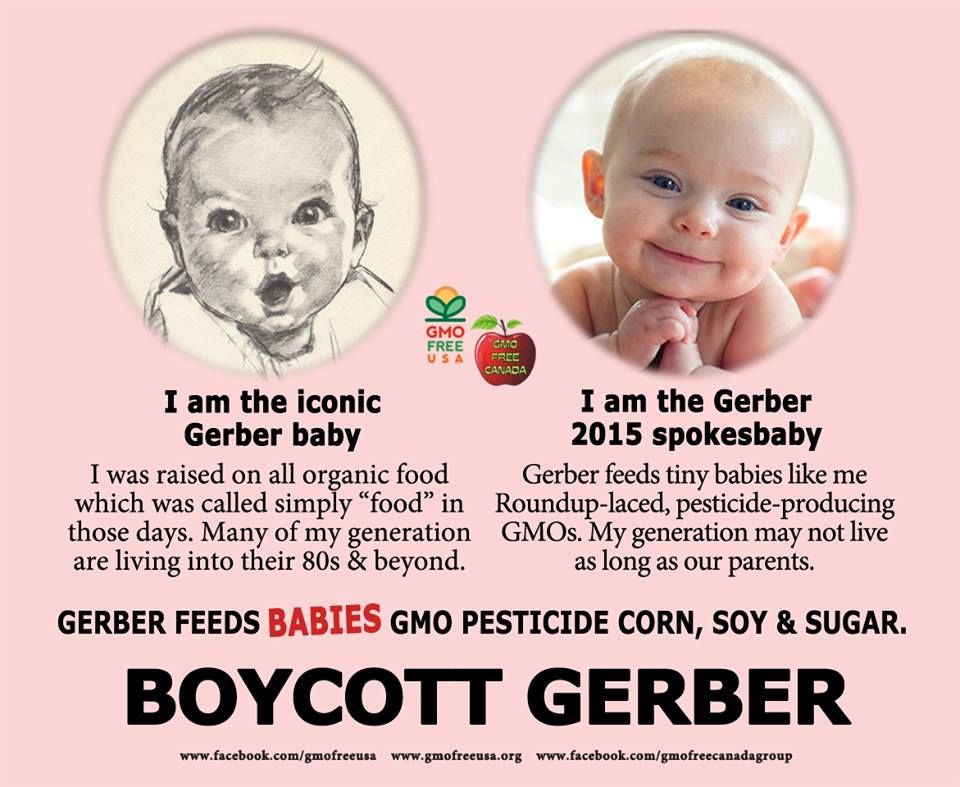 When introducing cereals into the diet, it must be remembered that they must be adapted by age - it is these cereals that contain the destroyed grain shell, which contains the most harmful carbohydrates, in particular, gluten. Once upon a time, parents ground rice or buckwheat, but because of these products, the baby had problems with digestion, because there was a certain load on his body. At the beginning of complementary foods, it is better to give free-flowing adapted dairy-free cereals - we breed them in water. When the child has taken this complementary food well, we can introduce milk porridge. For children who are breastfed and are underweight after 4 months, there are other recommendations. As a breastfeeding aficionado, my advice is to stimulate a mother's lactation by reviewing her diet. At the same time, it is advisable to introduce dairy-free cereals, since they provide more calories than vegetables. There are also cases when a child is one year old and mothers replace breastfeeding with formula milk from a bottle.
When introducing cereals into the diet, it must be remembered that they must be adapted by age - it is these cereals that contain the destroyed grain shell, which contains the most harmful carbohydrates, in particular, gluten. Once upon a time, parents ground rice or buckwheat, but because of these products, the baby had problems with digestion, because there was a certain load on his body. At the beginning of complementary foods, it is better to give free-flowing adapted dairy-free cereals - we breed them in water. When the child has taken this complementary food well, we can introduce milk porridge. For children who are breastfed and are underweight after 4 months, there are other recommendations. As a breastfeeding aficionado, my advice is to stimulate a mother's lactation by reviewing her diet. At the same time, it is advisable to introduce dairy-free cereals, since they provide more calories than vegetables. There are also cases when a child is one year old and mothers replace breastfeeding with formula milk from a bottle. In fact, the baby does not need additional nutrients, moreover, there is no need for supplementation or feeding from a bottle - this is a step back.
In fact, the baby does not need additional nutrients, moreover, there is no need for supplementation or feeding from a bottle - this is a step back.
Were there cases of anemia among children under one year of age? How to prevent this problem?
Although not often, there are cases of anemia in the practice of a pediatrician. Iron deficiency anemia in a baby occurs in the majority in the absence of a child’s nutritional interest, when it is not possible to adequately introduce complementary foods. But it is necessary to take into account the fact that if the child has low hemoglobin, then the mother has it even lower, because the baby receives everything that is possible during lactation. Therefore, first of all, we work with mom's diet. At the same time, we are taking more intensive steps in replacement feeding - introducing red meats, in particular beef, if age permits (at 8-9months), offal: boiled beef tongue, beef, turkey, rabbit liver, apples, buckwheat for children under one year of age.

